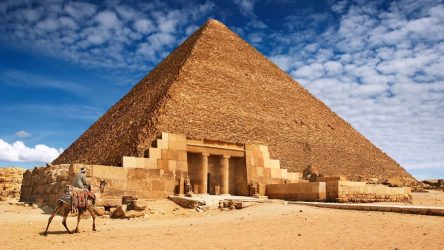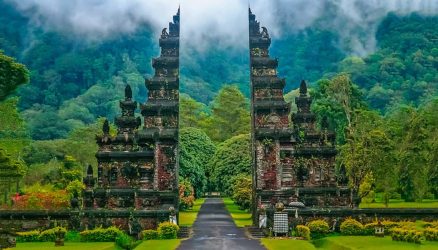Chichén Itzá, one of the New Seven Wonders of the World, is an awe-inspiring archaeological site located in the Yucatán Peninsula of Mexico. This sprawling complex, rich in history and culture, served as a hub for the ancient Mayan civilization.
With its towering pyramids, intricate carvings, and mysterious cenotes, Chichén Itzá offers a glimpse into the ingenuity of the Mayan people. Whether you’re a history buff, an architecture enthusiast, or simply someone seeking a unique adventure, visiting Chichén Itzá is an unforgettable experience.
Historical Significance of Chichén Itzá
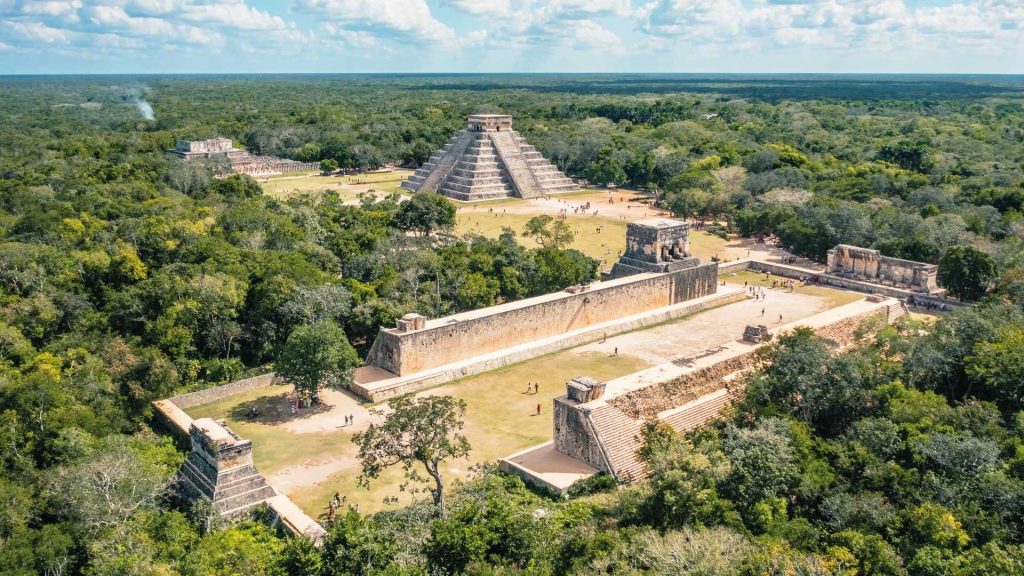
The origins of Chichén Itzá date back to around 600 AD, making it one of the most significant centers of the Mayan civilization. It thrived as a political, economic, and cultural hub during its peak, between 800 and 1200 AD.
evident in its architecture and sculptures. Key landmarks like the Temple of Kukulcán reflect advanced knowledge of astronomy and engineering, cementing Chichén Itzá’s place as a beacon of ancient innovation.
How to Get to Chichén Itzá

Getting to Chichén Itzá is straightforward, with several transportation options available:
- From Cancun: It’s a 2.5 to 3-hour drive. You can rent a car or take a bus from the ADO terminal.
- From Mérida: This city is closer, with a travel time of about 1.5 to 2 hours by car or bus.
- Private Tours: Many companies offer guided tours with transportation, often including stops at nearby cenotes or Valladolid.
- Public Buses: ADO buses are the most reliable for budget travelers, departing regularly from major cities.
Best Time to Visit Chichén Itzá
The best time to visit Chichén Itzá is during the cooler months from November to April. These months offer pleasant weather, making exploration comfortable.
For a truly magical experience, plan your visit during the spring or autumn equinox when the “serpent shadow” appears on El Castillo’s steps. Avoid weekends and holidays if you prefer smaller crowds, and aim to arrive early in the morning to beat the heat and tour groups.
Entrance Fees and Opening Hours
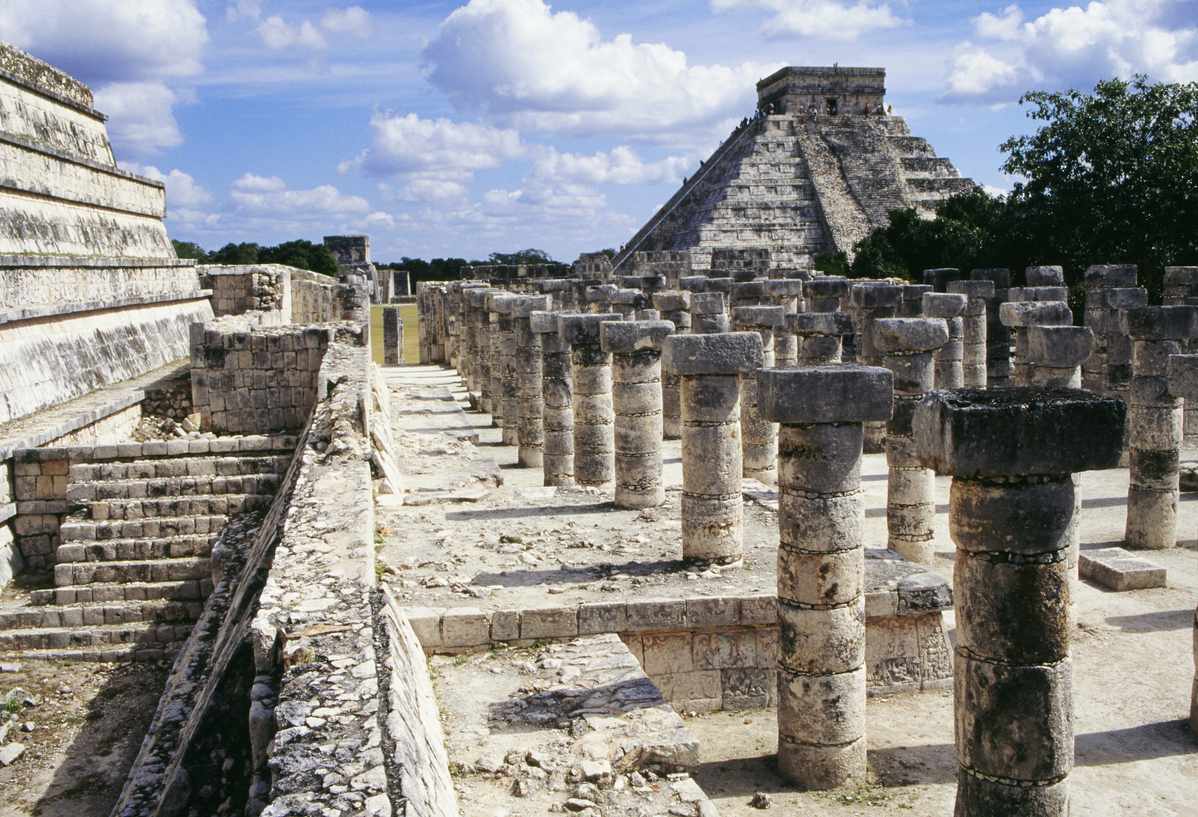
Chichén Itzá is open daily from 8:00 AM to 5:00 PM, with the last entry allowed at 4:00 PM. Entrance fees include two separate charges: the federal fee and the state fee. Additional costs apply if you hire a guide or use professional photography equipment. Tickets can be purchased on-site or online to save time.
The entrance fees for Chichen Itza in USD (approximately, as exchange rates vary) are as follows:
- Foreign Visitors (Adults 13+): $36 USD
- Mexican Citizens: $16 USD
- Locals (Yucatán Residents with ID): $5 USD
- Children (3-12 years): $5 USD
- Infants (0-2 years): Free
On Sundays, Mexican citizens and foreign residents with valid ID enjoy free admission.
For the “Kukulkan Nights” light and sound show, the general admission is ~$40 USD.
Make sure to confirm the current exchange rate for accurate prices.
Top Attractions at Chichén Itzá
Chichén Itzá is a treasure trove of ancient structures, each with its own historical and cultural significance. Here are the must-see landmarks:
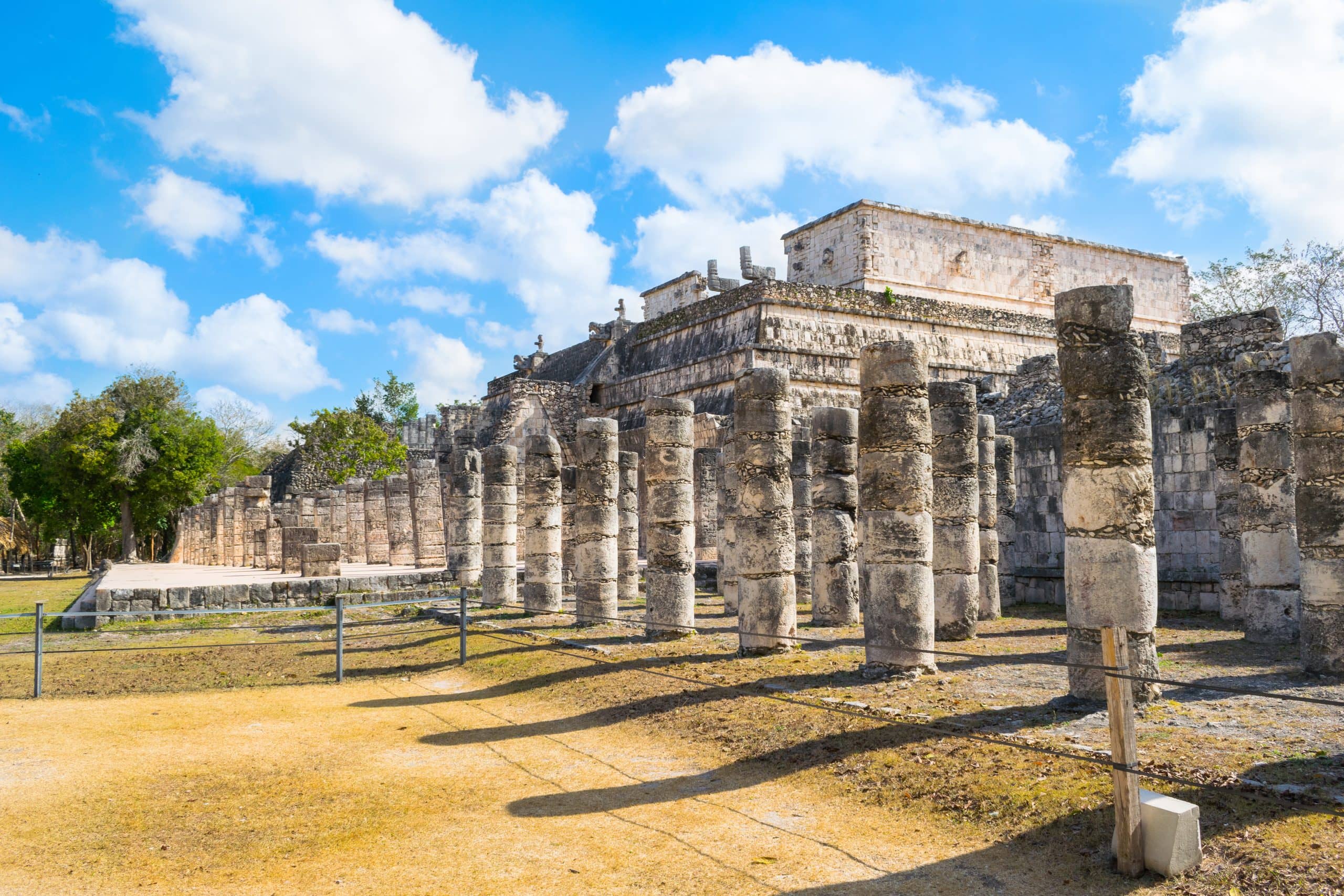
- El Castillo (Temple of Kukulcán): This iconic pyramid is the centerpiece of Chichén Itzá. With 365 steps representing the days of the year, it’s a testament to the Mayans’ advanced knowledge of astronomy. During the equinox, the play of light and shadow creates the illusion of a serpent slithering down its steps.
- The Great Ball Court: Measuring 168 meters in length, this is the largest ancient ball court in the Americas. The intricate carvings depict players and the game, which held both religious and ceremonial importance.
- Temple of the Warriors: This impressive structure is flanked by a forest of columns, each engraved with warriors and other figures. It provides insight into the martial and ceremonial aspects of Mayan life.
- Sacred Cenote: This natural sinkhole served as a site for religious ceremonies and offerings, including precious metals and human sacrifices.
Guided Tours vs. Self-Exploration
Deciding between a guided tour and exploring on your own depends on your preferences:
- Guided Tours: Hiring a guide is recommended for first-time visitors. Guides share fascinating details about the site’s history, mythology, and architecture. Many tours also include transportation and stops at nearby attractions.
- Self-Exploration: If you prefer flexibility, exploring independently allows you to spend more time at your favorite spots. Maps and informational plaques provide essential details, but you might miss out on the deeper context a guide can provide.
What to Bring

A visit to Chichén Itzá requires some preparation to ensure a comfortable and enjoyable experience. Pack these essentials:
- Comfortable Clothing: Lightweight, breathable clothes are ideal for the tropical climate.
- Sturdy Footwear: The site’s uneven terrain makes walking shoes or sneakers a must.
- Sun Protection: Bring sunscreen, a wide-brimmed hat, and sunglasses to shield yourself from the sun.
- Water and Snacks: Staying hydrated is crucial, especially on hot days. Small snacks are handy, though food isn’t allowed near the ruins.
- Camera or Smartphone: Capture stunning memories, but remember to respect the rules about drone usage or tripods.
Where to Stay
Several accommodation options cater to different budgets near Chichén Itzá:
- Luxury Stays: The Lodge at Chichén Itzá and Hacienda Chichén offer high-end amenities and proximity to the ruins.
- Mid-Range Hotels: Hotel Oka’an and Villas Arqueológicas Chichén Itzá provide comfortable options with excellent service.
- Budget Choices: Hostels and affordable guesthouses in nearby Piste are perfect for budget-conscious travelers.
Dining Options Around Chichén Itzá
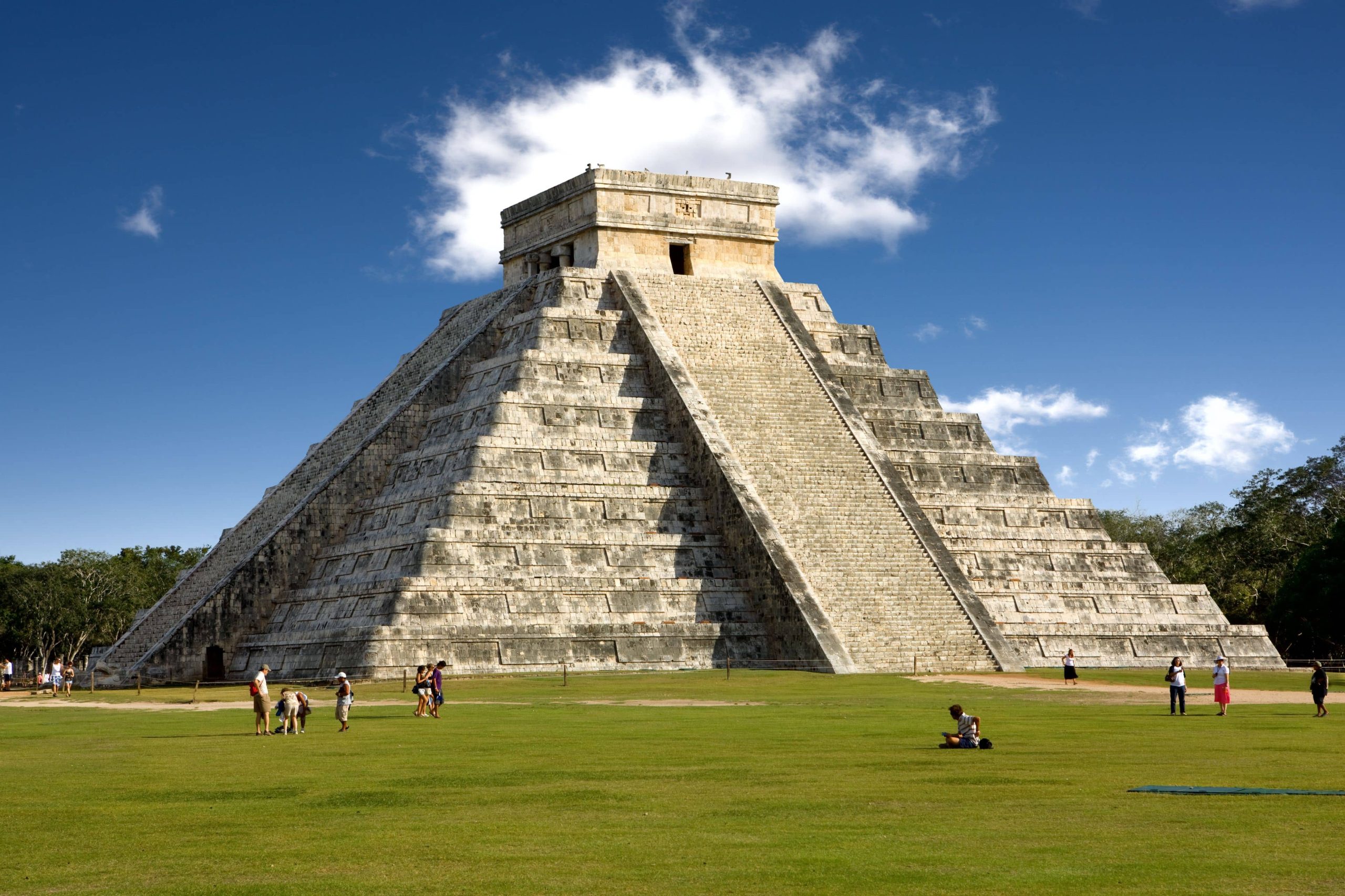
After a day of exploration, savor the rich flavors of Yucatecan cuisine. Must-try dishes include cochinita pibil, sopa de lima, and panuchos. Some popular restaurants near the site are:
- Restaurante Oxtun: Located near the ruins, offering traditional Mexican dishes.
- Ik Kil Restaurant: Adjacent to the famous cenote, serving buffet-style meals.
- Casa Conato Cultural Restaurant: A short drive away in Valladolid, blending Yucatecan and international flavors.
Cultural Etiquette and Rules
Respect for this historical site is paramount. Keep these tips in mind:
- Stay on Designated Paths: Climbing on structures is prohibited to preserve them.
- Avoid Littering: Keep the site clean by disposing of trash properly.
- Quiet Respect: Speak softly and maintain a sense of reverence, especially in ceremonial areas.
Nearby Attractions to Explore

Extend your adventure by visiting these nearby gems:
- Cenote Ik Kil: A stunning natural swimming hole perfect for cooling off after exploring the ruins.
- Valladolid: A charming colonial town with colorful streets, cenotes, and local markets.
- Ek Balam: Another impressive Mayan ruin with a climbable pyramid and fewer crowds.
Conclusion
Chichén Itzá is more than a tourist destination—it’s a journey into the heart of ancient Mayan culture. From its architectural marvels to its deep-rooted spiritual significance, every corner of the site tells a story of a bygone era.
Whether you’re marveling at the Temple of Kukulcán or gazing into the depths of the Sacred Cenote, the magic of Chichén Itzá is sure to leave an indelible mark on your travel memories.
Frequently Ask Questions
A visit to Chichén Itzá typically takes around 3 to 4 hours. This time allows you to explore the main pyramid, El Castillo, and other significant structures like the Temple of the Warriors and the Great Ball Court. Guided tours often last about 2 hours, with additional time for personal exploration.
You can't go inside Chichén Itzá's main pyramid, El Castillo, due to preservation efforts. Over time, increased foot traffic caused damage to the structure. To protect the site and maintain its integrity, access to the pyramid's interior has been restricted since the early 2000s.
Chichen Itzá is a large archaeological site with several key structures and features. The most famous is El Castillo (the Pyramid of Kukulcán), but other notable elements include:
- The Temple of the Warriors – A large platform with rows of columns.
- The Great Ball Court – A massive sports field for the Mesoamerican ballgame.
- The Observatory (El Caracol) – A circular building used for astronomical observations.
- The Sacred Cenote – A natural sinkhole once used for offerings.
- The Group of a Thousand Columns – A row of columns possibly linked to a marketplace or ceremonial area.
- The Nunnery – A complex with intricately decorated buildings.
These structures represent the advanced architecture and culture of the ancient Maya civilization.
Chichen Itza is owned by the Mexican government. It is managed by the National Institute of Anthropology and History (INAH), which oversees its preservation, research, and public access. The site is a UNESCO World Heritage site, recognized for its cultural and historical significance.

Owen Samuel is a Destination Manager based in California, known for his expertise in creating unforgettable travel experiences. With a deep passion for tourism and local culture, he helps travelers discover the best places around the world.




